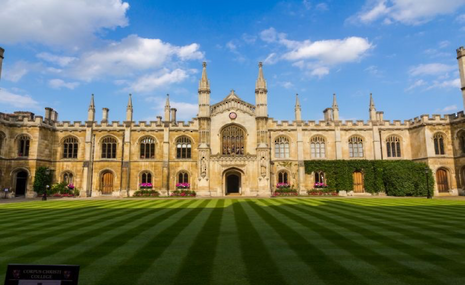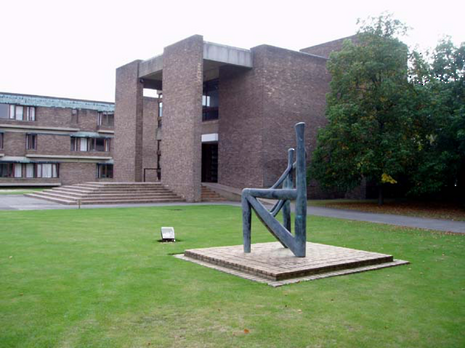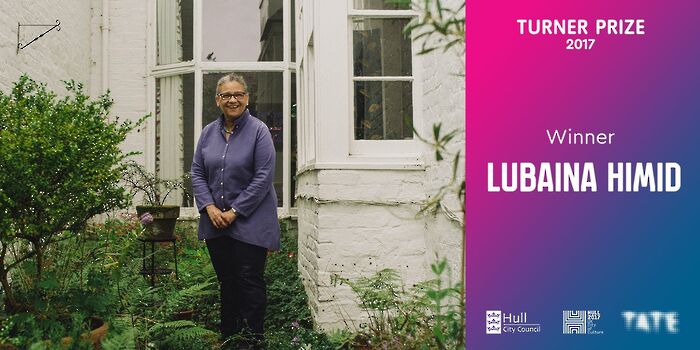Angels in the architecture
Cambridge colleges, despite stylistic disparities, all reveal aspects of Cantabrigian life and deserve to be appreciated as such, argues weekly columnist Joseph Krol

Cambridge engenders a curious paradox – it at once seems unchanging and steadfast in its ways, and yet ever in some subtle state of flux. My own college, Corpus Christi, is at the moment a perfect example. In one court, life goes on much as it did when it was built six centuries ago. In another, temporary buildings sit awkwardly upon the grass, providing a base for the biggest structural renovations in decades.
It is arresting for passing visitors looking in. They expect to photograph a cleaner, purer, more idyllic court which in their eyes represents Cambridge’s tradition. The focus is so often drawn to these old architectural favourites: there can be few scenes more iconic than that view of King’s College Chapel from across the Backs.
“Whichever building one considers, Cambridge is greater than the sum of its years”
The tourists, snapping studiously away, will come and go thinking that Cambridge is amply represented by all these famous monuments. Many of these structures form part of the Perpendicular Gothic tradition. Developing from the 1350s onwards, it tended to use larger windows and less elaborate masonry than the styles that preceded it; King’s is a key example. It was a major influence on much of the central city, but even so, there is more to Cambridge than this.
A little experience of the city will soon show another side. The concrete of Churchill and the red bricks of Robinson, though less traditional, are as Cantabrigian as all of the more famous chapels. Many of these infamous buildings rose as part of the Brutalist movement of the mid-twentieth century, whose rugged, raw designs seem to espouse a very different view to the masons of old.
Indeed, King’s and Churchill look so utterly different that one cannot imagine that the architects had any shred of common ground. Looking at the former, the colossally projecting vertical lines embodied in King’s are a desperate striving toward God. They wrought majesty into their chapel as a form of hopeful reverence, as they stood terrified in the aftermath of the Black Death.

But Churchill, too, is an architectural reaction to unspeakable horrors, created by its Prime Ministerial namesake following World War Two. The religious attitude could hardly have been more different. One of the initial fellows, the geneticist Francis Crick, threatened to leave the project if a chapel were built at the college, claiming that it would disturb the scientific focus. As a result, the design is in some sense humanist; the architects, sobered by the war, created a much plainer structure, intending to inspire introspection rather than a trivial enchantment with the exterior. By rendering the buildings more functional, it serves to remind us that the real Cambridge is formed by the people who live and work inside them.
Both colleges look completely distinct, yet both share an underlying intention that we cannot fail to acknowledge. However, the way their designs respond to the dark historical periods that preceded them are the products of two very different societies. In this manner, all architecture reflects the society in which, and for which, it is built.
In a place so steeped in history as Cambridge, it can be hard not to be sceptical of change, not to be engulfed or annoyed by the shock of the new. But, if Cambridge is to develop and grow, we must take a much wider view. We are not the first to inhabit our rooms, and we will not be the last. We all stand at the ends of unbroken chains of minds, at once overwhelmingly close and unimaginably distant from those who have gone before. Perhaps it is in this that the aura of the buildings lies - not in their intrinsic design, but the associations we make within them, and how they commingle with the spirit of centuries past.
Whichever building one considers, Cambridge is greater than the sum of its years. The joys and the troubles of myriad students are all etched into the very stonework; each scholar’s great ideas rest in the eaves of every hall. These courts have seen medieval pageantry in all its quaintness, the Tudor intransigence, the dramaturgy of the Elizabethan wits, the shining stars of the Enlightenment, all the decadence of the Victorians, the ecstasies of the twenties, and the agonies of the thirties. Now it is our turn to act upon the stage they set, and we must strive to make the most of it
 Comment / Plastic pubs: the problem with Cambridge alehouses 5 January 2026
Comment / Plastic pubs: the problem with Cambridge alehouses 5 January 2026 News / New movement ‘Cambridge is Chopped’ launched to fight against hate crime7 January 2026
News / New movement ‘Cambridge is Chopped’ launched to fight against hate crime7 January 2026 News / Uni-linked firms rank among Cambridgeshire’s largest7 January 2026
News / Uni-linked firms rank among Cambridgeshire’s largest7 January 2026 News / SU stops offering student discounts8 January 2026
News / SU stops offering student discounts8 January 2026 News / Cambridge businesses concerned infrastructure delays will hurt growth5 January 2026
News / Cambridge businesses concerned infrastructure delays will hurt growth5 January 2026









